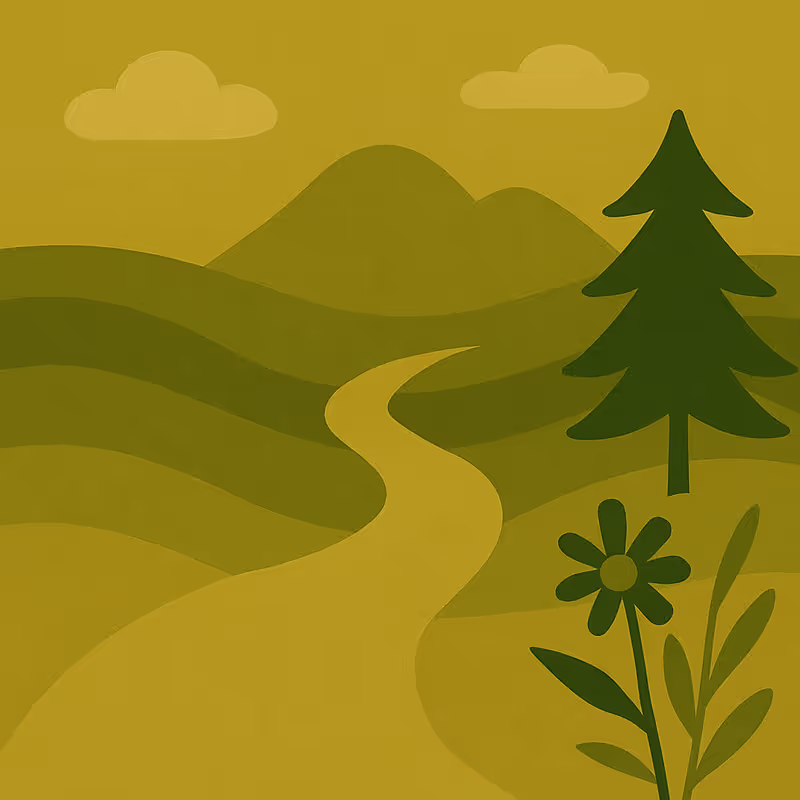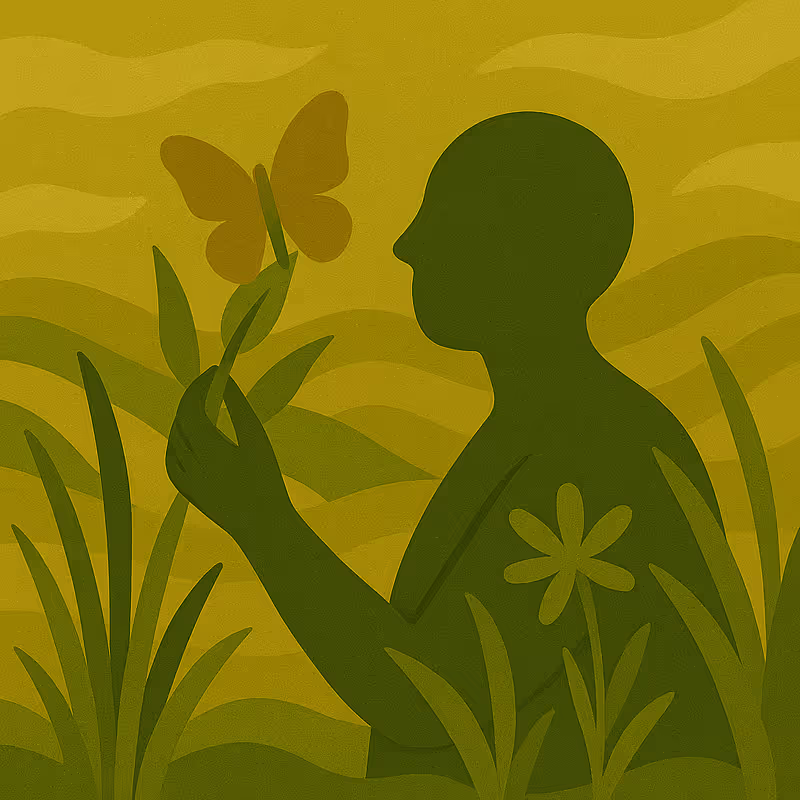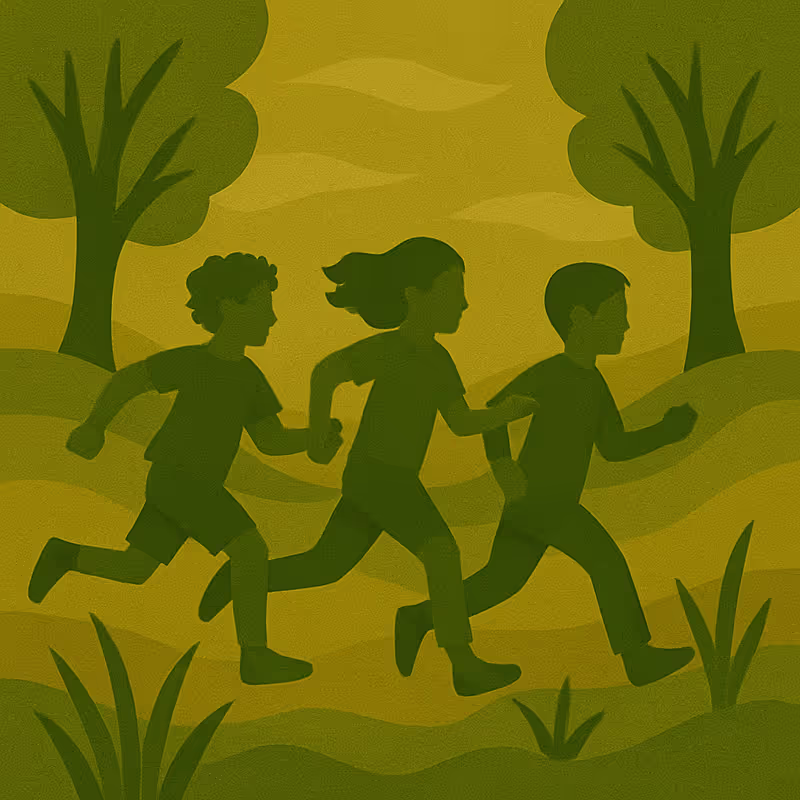Bratman, G. N., & al., e. (2019). Nature and mental health: An ecosystem service perspective. Science advance. Retrieved from https://www.science.org/doi/full/10.1126/sciadv.aax0903
Brauman, K. A., Garibaldi, L. A., Polasky, S., Zayas, C. N., Aumeeruddy, T. Y., Brancalion, P., . . . Shrestha, U. B. (2020). Chapter 2.3. Status and Trends -Nature's Contributions to People (NCP). In IPBES, Global Assessment Report on Biodiversity and Ecosystem Services (pp. 313-384).
Bullard, R. D. (1990). Dumping in Dixie: Race, Class, and Environmental Quality. Boulder: Westview Press.
Castelo, N., White, K., & Goode, M. R. (2021). Nature promotes self-transcendence and prosocial behavior. Journal of Environmental Psychology. Retrieved from https://www.sciencedirect.com/science/article/abs/pii/S027249442100092X
Chang, C.-c., Lin, B. B., Feng, X., Andersson, E., Gardner, J., & Astell-Burt, T. (2024). A lower connection to nature is related to lower mental health benefits from nature contact. Nature. Retrieved from https://www.nature.com/articles/s41598-024-56968-5
European Environment Agency. (2022, February 1). Who benefits from nature in cities? Social inequalities in access to urban green and blue spaces across Europe. Retrieved from https://www.eea.europa.eu/en/analysis/publications/who-benefits-from-nature-in-cities-social-inequalities-in-access-to-urban-green-and-blue-spaces-across-europe
Frumkin, H., Bratman, G. N., Breslow, S. J., Cochran, B., Kahn Jr, P. H., Lawler, J. J., . . . Wood, S. A. (2017). Nature Contact and Human Health: A Research Agenda. Environmental health perspectives. doi: https://doi.org/10.1289/EHP166
Ge, B. H., & Yang, F. (2023). Transcending the self to transcend suffering. Frontiers in Psychology. Retrieved from https://pmc.ncbi.nlm.nih.gov/articles/PMC10361767/
Hammoud, R., Tognin, S., Smythe, M., Gibbons, J., Davidson, N., Bakolis, I., & Mechelli, A. (2024). Smartphone-based ecological momentary assessment reveals an incremental association between natural diversity and mental wellbeing. Nature. Retrieved from https://www.nature.com/articles/s41598-024-55940-7
Institute for Environmental Research and Education. (2025, June 17). What is Environmental Injustice? Retrieved from https://iere.org/what-is-environmental-injustice/
IPBES. (2022). Methodological Assessment Report on the Diverse Values and Valuation of Nature of the Intergovernmental Science-Policy Platform on Biodiversity and Ecosystem Services. Bonn: IPBES secretariat.
Pascual, U., et al. (2023). Diverse values of nature for sustainability. Nature, 813-823. Retrieved from https://www.nature.com/articles/s41586-023-06406-9
Rehling, J., Bunge, C., Waldhauer, J., & Conrad, A. (2021). Socioeconomic Differences in Walking Time of Children and Adolescents to Public Green Spaces in Urban Areas-Results of the German Environmental Survey (2014-2017). International journal of environmental research and public health. Retrieved from https://pubmed.ncbi.nlm.nih.gov/33653001/
Tillmann, S., Tobin, D., Avison, W., & Gilliland, J. (2018). Mental health benefits of interactions with nature in children and teenagers: a systematic review. Journal of epidemiology and community health. Retrieved from https://jech.bmj.com/content/jech/72/10/958.full.pdf


















